Why Massive Neutrinos Are The Future Of Physics
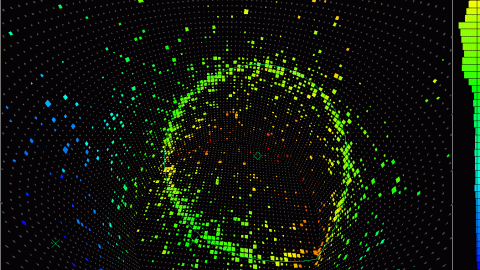
They won this year’s Nobel Prize in Physics, but their legacy’s just beginning.
“I know all about neutrinos, and my friend here knows about everything else in astrophysics.” –John Bahcall, neutrino scientist
If you want to describe the Universe we live in today, from a physical point of view, there are only three things you need to understand:
- What different types of particles are allowed to be present within it,
- What the laws are that govern the interactions between all those different particles, and
- What initial conditions the Universe starts off with.
If you give a scientist all of those things and an arbitrary amount of calculational power, they can reproduce the entirety of the Universe we experience today, limited only by the quantum uncertainty inherent to our experience.
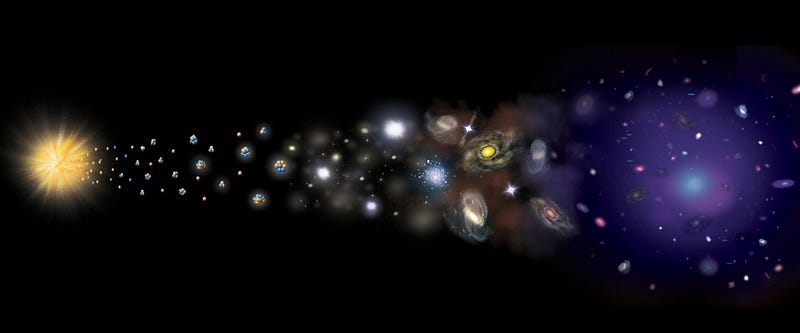
In the 1960s, what we generally know as the Standard Model of elementary particles and their interactions came about, describing six quarks, three charged leptons, three massless neutrinos, along with the single photon for the electromagnetic force, the three W-and-Z bosons for the weak force, the eight gluons for the strong nuclear force, and the Higgs boson alongside them, to give mass to the fundamental particles in the Universe. Along with gravity, which is governed by Einstein’s general relativity, this accounts for the full suite of behavior of every individual particle ever directly detected.
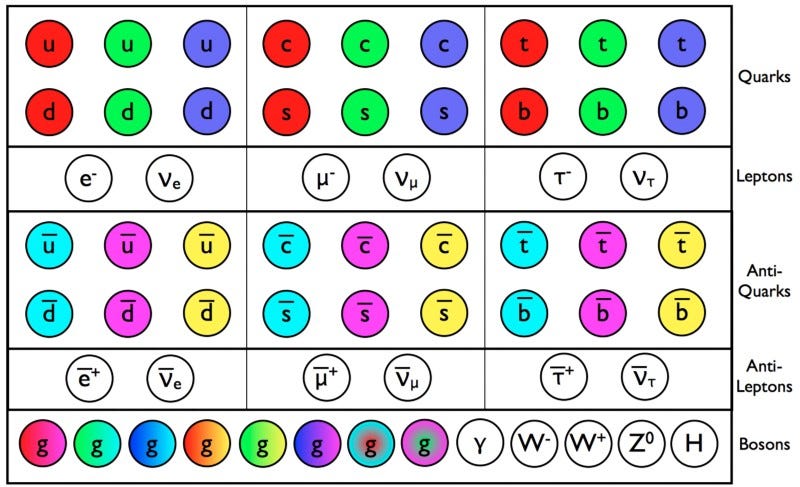
There are some mysteries that we don’t understand right now about the Universe, such as:
- why there’s more matter than antimatter,
- why there’s CP-violation in the weak interactions but not the strong interactions,
- what the nature of dark matter in the Universe is,
- why the fundamental constants and particle masses have the values they do,
- or where dark energy comes from.
But for the particles that we have, the Standard Model does it all. Or rather, the Standard Model did it all, until we started looking closely at the almost invisible signals coming from the Sun: the neutrinos.
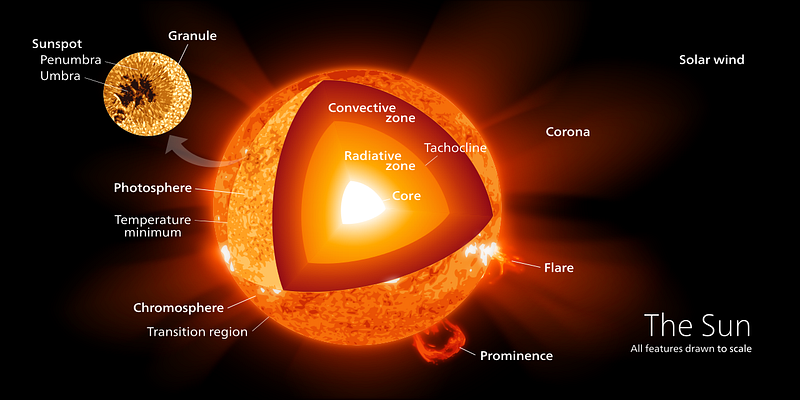
The Sun is powered by nuclear fusion, where hydrogen nuclei are fused together at the tremendous temperatures and energies in the Sun’s core into helium. In the process, they emit large amounts of energy in the form of photons, and also energetic neutrinos. For every four protons that you fuse into a helium nucleus — the net result of fusion in the Sun — you produce two neutrinos. More specifically, you produce two anti-electron neutrinos, a very specific flavor of neutrino.
Yet when we compute how many neutrinos ought to be produced, and we calculate how many we ought to be able to observe on Earth given our current technology, we only see about a third of the expected number: around 34%.
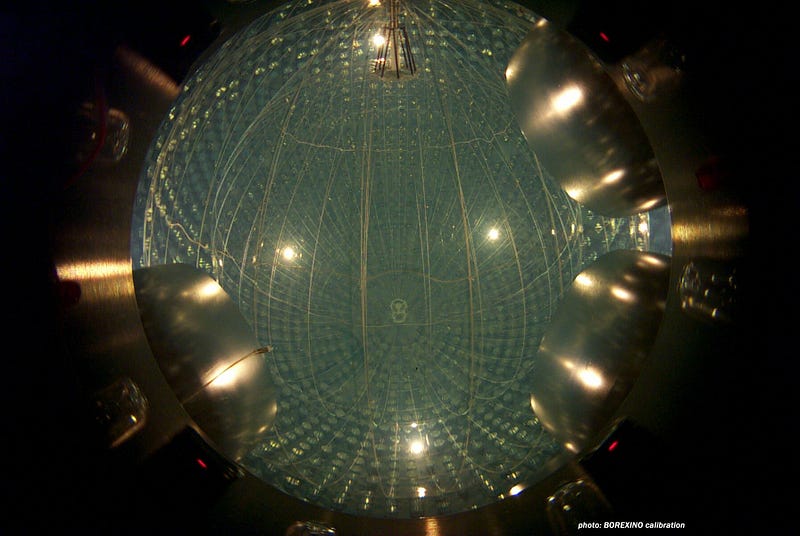
Throughout the 1960s, 70s, 80s and 90s, most scientists lambasted either the experimental procedures used to detect these neutrinos, or decried the model of the Sun, claiming that something must be wrong. Yet as both theory and experiment improved, these results held up. It was almost like the neutrinos were disappearing, somehow. There was a radical theory proposed, however: that there was some new physics beyond the Standard Model that was at play, giving a tiny but non-zero mass to all the neutrinos, which would allow them to mix together. When they pass through matter and interact — ever so slightly — with it, this mixing enabled one flavor of neutrino (electron, muon or tau) to oscillate into a different one.

It was only when we gained the capabilities to detect these other flavors of neutrino, at both Super-Kamiokande and the Sudbury Neutrino Observatory, that we learned that these neutrinos weren’t missing after all, but were transforming from one flavor (the electron-type) into another (the muon or tau type)! We now know that all the neutrinos generated are electron (anti)neutrinos, but by time they reach us on Earth, they’re split ⅓, ⅓, ⅓ between the three flavors. Moreover, we’ve measured their masses from these experiments, determining that they’re somewhere between about 1 and a few hundred milli-electron-Volts, or less than one millionth the mass of the next-lightest particle: the electron.
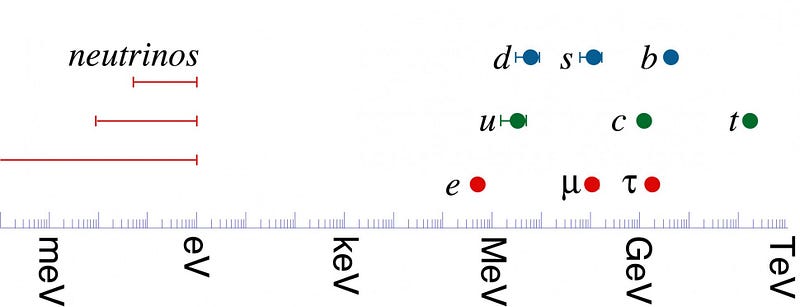
The 2015 Nobel Prize in Physics, awarded earlier this week, was for this discovery. Yes, neutrinos oscillate from one flavor to another, and yes, they have mass. But the real reason it matters is this: for the first time, we have evidence that the particles in the Standard Model — the known, discovered particles in the Universe — have properties that aren’t described by the Standard Model at all!
There’s more physics out there to be discovered, and this is the first clue of what it might be. So while high energies and the LHC haven’t seen any signs of it, the lowest mass particles show us that there’s more out there than we currently know. And that’s a mystery that’s only expected to deepen the more closely we look.
Enjoyed this? Consider supporting Starts With A Bang on Patreon, and look for Ethan’s first book, Beyond the Galaxy, this coming winter!





